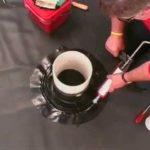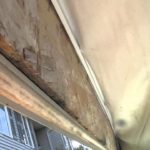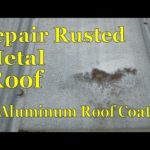Concrete, it's practical, sturdy and has been used in the construction of buildings since the early Roman times. However, without a decorative or protective coating most concrete patios, driveways, walkways and garage floors are unattractive. In fact, more than likely, they're stained, drab, dull, possibly even ugly.
Today many homeowners and do-it-yourselfers are discovering, through the use of Top Secret Coatings concrete coatings, those gray, cold outdoor slabs can take on a unique, stylish look that not only reflects homeowners particular tastes but are non skid, add color and texture to a new or older home.
A porch or patio can be one of the most useful exterior areas of your home if covered with an attractive concrete coating, cleared of all excess junk and with a little thought given to landscaping the area. Unfortunately these spaces are all too often covered with bland concrete which as well as looking rather dull and dreary, may have developed cracks or become stained with moss, grease, oil etc over time. Restoring such areas to a place you would be proud to use for entertaining, outdoor dining or just relaxing may seem like a mighty big job. If the concrete is badly cracked and the surface uneven, generally there is no other choice than to rip it up and re-lay it. Here are a few thoughts to consider before moving forward with your plans to apply concrete coatings.
1. If your floor is inside the house, do a little checking before you decide to coat your floor. Is the concrete damp? Is there any ponding water? (If so, then you have a larger problem than an ugly floor!) Let the concrete dry thoroughly before painting (this may take a while during the wet seasons!)
2. Thoroughly clean the concrete with TS 695 Rynolite Etching Cleaner. If there is any grease on the floor you will want to remove it before painting or the paint may not adhere. To remove grease, put down cat litter to absorb the majority of oil, then scrub again with TS 695 Rynolite Etching Cleaner. Rinse well and wait until the floor is thoroughly dry.
3. Sand off any loose or peeling paint or other residue with a sander or 80 grit sandpaper. Vacuum or sweep up the residue. Then go over the floor with a tack cloth (a sticky cheesecloth available at any hardware or home improvement store).
4. Use a paintable cement filler to repair any cracks and holes and allow it to dry completely before moving forward.
5. Now to begin the painting process. You will want to brush the edges and roll the rest of the floor surface. Let each coat dry between 12 and 24 hours before recoating. Repeat the process with the second or third coats as directed.
Now you have applied Top Secret quality concrete coats that are beautiful, colorful and durable!







